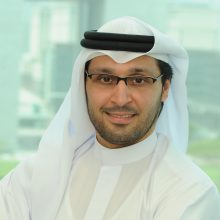Prefer an audio medium to better understand the connection between education and geography? Listen to Theirworld’s Better Angels podcasts, featuring stories from globally renowned campaigners, Nobel Prize winners, celebrities, politicians and remarkable young people who are experts in the field.
Sarah Brown speaks to Lord Alf Dubs, Gulwali Passarlay, Melissa Fleming and David Morrissey about the representation of refugees. Millions of words have been spoken and written about refugees but how many of these have been positive? This episode is about the survivors, battlers and new pioneers and explores why refugees are so often feared rather than celebrated.
How do you actually make big change happen? In this episode, Sarah Brown explores the challenge of how to educate Syrian children who have been forced to flee their homes and schools due to the ongoing war. What are all the elements involved in getting hundreds of thousands of Syrian back to school and learning.
Sarah Brown talks to Elias Bou Saab, who served as the minister for education for the Government of Lebanon at a time when hundreds of thousands of Syrian children and families travelled across the border fleeing the horrific war. Elias Bou Saab has implemented the innovative double shift school system to accommodate around 200,000 Syrian children. In this episode he talks about his own personal experience as a child refugee who fled to Syria and the challenges in implementing real change.
This episode provides a glimpse into life in Greek refugee camps and talks to the team behind Theirworld’s new report that offers a way forward out of the refugee education crisis. Sarah talks to organisations making a difference there, and to two refugees who shed their personal light on what those on the Greek Islands are going through.









